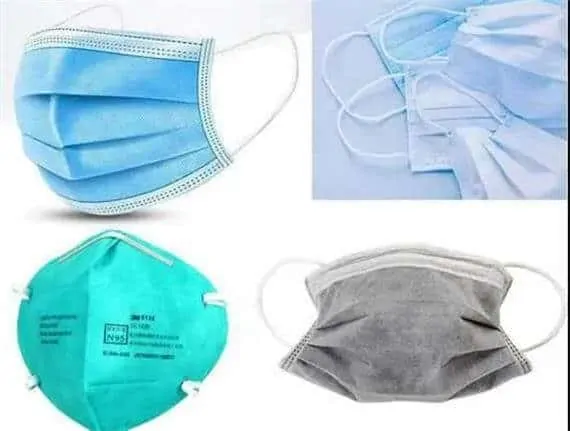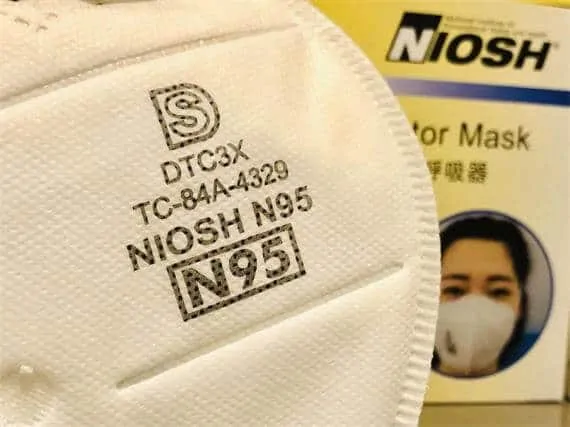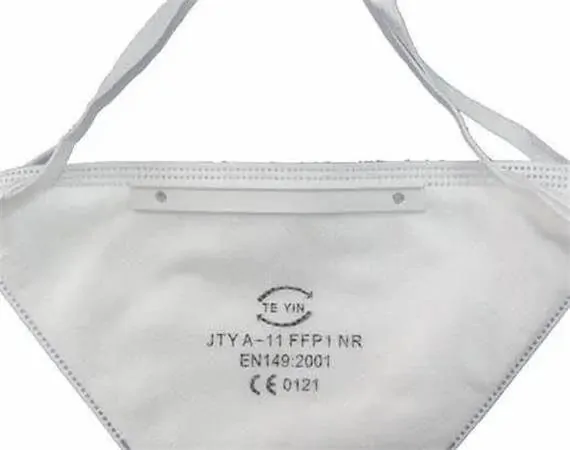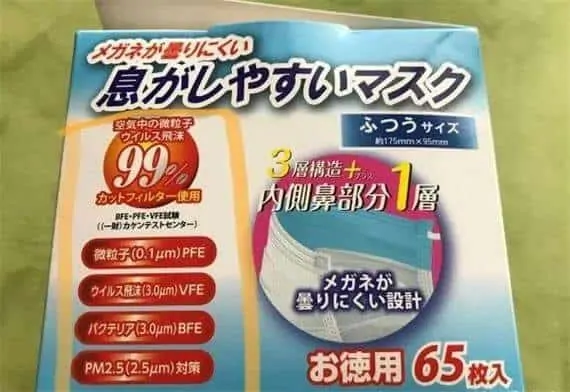What do you need to know to import and export Chinese masks?
The epidemic is sweeping the globe, and there are shortages of masks or restrictions on the supply of masks in many countries and regions. When importing and exporting masks, companies must pay attention to the certification and regulatory requirements for the export of anti-epidemic materials in different countries to avoid the risk of product seizure and return. What do you need to know to import and export Chinese masks? We have collected related information for your reference.
Chinese export trade enterprise qualification certificate
- Business license (there must be relevant content on the business scope);
- Product inspection report (for manufacturing enterprise);
- Enterprise production license (for production enterprise);
- Product manual and label (attached to the product);
- Medical device registration certificate (not required for non-medical use);
- Product batch/number;
- Product quality and a safety certificate (attached to the product);
- Registration of customs consignee and consignor;
- Product sample pictures and packaging pictures
Chinese export production enterprise qualification certificate
- Ordinary masks for personal protection or industrial non-medical device management
Enterprises with import and export rights can export directly. If there is no import and export right, export sales can be made through foreign trade agents.
- Masks for medical device management
Chinese customs do not require that enterprises provide relevant qualification certification documents, but importing countries generally require manufacturers to provide three certificates of products to prove that the imported goods have been legally listed in China, as follows:
- Business license (business scope includes medical equipment related, non-medical grade items are not required);
- Medical device product registration certificate;
- Manufacturer test report
Qualification certificate for Chinese domestic trade enterprises who want to export masks
- Obtain a business license from the market supervision department, and add content related to import and export in the column of business scope.
- Obtain import and export rights in the commerce sector. You can apply directly on the unified platform of the business system of the Ministry of Commerce (http://iecms.mofcom.gov.cn/);
- Apply for a permit to open a foreign exchange account in the State Administration of Foreign Exchange;
- Obtain custom registration for consignees and consignors of imported and exported goods.
Mask entry standards in different countries
1. United States
In addition to the bill of lading, packing list, invoice, different masks also need to meet different quality standards.
- Mask quality standards:
- Personal protective masks must be certified by the US NIOSH(National Institute for Occupational Safety and Health).
- Medical masks must be registered with the US FDA.
2. EU
In addition to the bill of lading, packing list, invoice, different masks also need to meet different quality standards.
- Mask quality standards:
- Personal protective masks: The EU standard for personal protective masks is EN149. According to the standards, masks are divided into three categories: FFP1 / FFP2 and FFP3. All masks exported to the European Union must obtain CE certification. CE certification is a mandatory product safety certification system implemented by the European Union.
- Medical masks: The corresponding EU standard for medical masks is EN14683. Products sold in the European Union need to issue the EU Free Sale Certificate. With the CE mark and the EU registration required by the relevant directives, Chinese manufacturers do not need a free sales certificate to export to the EU.
3. Japan
A PMDA registered medical device company exporting to Japan must meet the Japanese Pharmaceutical and Medical Device Act (PMD Act) in order to place its products on the Japanese market. Under the requirements of the PMD Act, the TOROKU registration system requires foreign manufacturers to register manufacturer information with PMDA.
In addition to bills of lading, packing slips and invoices, different masks need to meet different quality standards. Japan also has special requirements for mask packaging.
- Mask quality standards:
- Medical protective mask: It must comply with the compulsory standard of China GB 19083-2010, non-oily particulate matter filtration efficiency ≥95%.
- N95 mask: American NIOSH certification, non-oily particulate matter filtration efficiency ≥95%.
- KN95 mask: It complies with China’s GB 2626 compulsory standard, non-oily particulate matter filtration efficiency ≥95%.
- Mask packaging requirements:
The package is printed withウ ィ ル ス カ ッ ト99%, PEE, BFE, and VFE.
PFE: 0.1um particle filtration efficiency;
BFE: bacterial filtration rate;
VFE: Virus filtering rate.
4. South Korea
In addition to bills of lading, packing slips and invoices, companies also need a Korean importer’s business license. Korean consignees need to go to the Korea Pharmaceutical Traders Association (www.kpta.or.kr) to file import qualification in advance.
- Mask quality standards
- Personal protective mask standard: KF (Korean filter) series is divided into KF80, KF94, KF99
- Implementation of standard specifications: MFDS Notice No. 2015-69
 5. Australia
5. Australia
In addition to bills of lading, packing slips and invoices, masks must be registered with the Australian TGA and comply with the standard specification: AS / NZS 1716: 2012. This specification is the standard for respiratory protective devices in Australia and New Zealand.
*TGA is the abbreviation of Therapeutic Goods Administration. Australian medical devices are classified into Class I, Is and Im, IIa, IIb, III. The product classification is almost the same as the EU classification. If the product has obtained the CE mark, the product category can be classified according to CE.
What do you need to know to import and export Chinese masks?





 5. Australia
5. Australia
